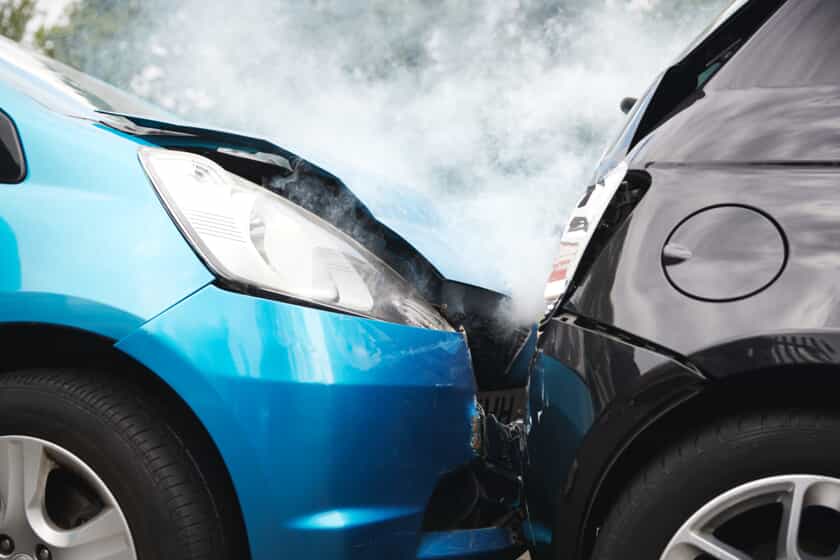
There are many different types of insurance products combined within an auto insurance policy. It is mandatory for anyone with a car to have insurance on any vehicle they own and operate in the state of Florida. The insurance requirements will be different for each state. There are certain types of coverage that is voluntary, and others that are required at all times.
Bodily Injury Liability
This type of coverage is designed to pay for injuries or death of other people who were impacted by an accident. There are certain amounts of bodily injury liability a person must purchase to have legal auto insurance coverage. It is recommended by insurance experts a person purchase at least the 100/300/100 coverage. With this if an accident happens, $100,000 for each person injured will be paid for bodily injury the policyholder causes to others. This includes death. $300,000 for bodily injury for each accident. It also includes $100,000 in property damage. This is an average. If a person has a high net worth, they should consider increasing the amounts of this coverage.
Collision/Comprehensive
This will cover damage to a driver’s vehicle that is not covered by the other driver’s policy. It also provides compensation when a vehicle is damaged by a flood, fire, hail, falling trees, animal strikes, hurricanes and more. The amount of coverage provided will be limited to the book value of the covered vehicle. This will be determined by the insurance company. You can have no deductible or one up to $1,000. Many insurance experts recommend a higher deductible for lower monthly premiums. It is also recommended a person eliminate this coverage when their premium is the same or more than 10 percent of a vehicle’s value.
Uninsured/Underinsured Motorist
This is known in the world of insurance as covering the other driver’s missing or insufficient liability coverage. According to the Insurance Research Council, one out of every eight drivers may be driving without insurance. In some states, the percentage is as high as one in four. This insurance product is designed to cover the other driver who is at fault as well as losses from a hit-and-run accident. This is important. Liability coverage may not pay for the losses of a driver and their passengers if the driver is not at fault. Without this insurance coverage, a driver will either have to pay for their losses or sue the other driver in court. There is no guarantee a driver will recover their losses with a court action. A person without insurance coverage may have few assets. They may not have money to pay a judgment against them. This coverage is required in some states but not all. It is advised a person purchase the same coverage limits as they have with their liability coverage.
Personal Injury Protection or Medical Payments
This is known as Medpay or PIP. It’s insurance coverage will pay certain specified amounts to hospitals and for medical as well as funeral expenses to individuals injured in an insured vehicle. It will also cover pedestrians hit by an insured vehicle. PIP is considered basic coverage for states with no-fault vehicle insurance laws. These are states that limit the situations where a victim can sue for damages as well as any bodily injury experienced by passengers in a car. This type of coverage is optional in a state that isn’t a no-fault state.

